Securing Your Dynamic Cloud Strategy

Historically, the transition from older technology to new technology is pretty straightforward. While a handful of folks using an Underwood manual typewriter may have been reluctant to give them up, the majority of users were eager to switch to an electric model. Today, people line up around the block to turn in their barely broken-in smartphone for the latest model.
Last year, IDG estimated that 96 percent of organizations had adopted the cloud in one form or another. So you would think that the move to the cloud would be all but over. The problem is that “the cloud” is not a very precise term. Because, when you dig into the details, the landscape is a little more fluid than those number might make it seem.
The Transition to the Cloud is Still in Flux
One complicating factor is multi-cloud. According to Rightscale, organizations today are using an average of 3 private clouds and 2.7 public clouds. They run applications in about 3 of them and are testing about 1.7 more.
However, according to a recent IHS Markit survey, 74% of organizations that had moved an application into the public cloud have subsequently decided to move it back into their on-premises or private cloud infrastructure.
Of course, this doesn’t mean they reversed all of their cloud deployments. But it is a trend that not many folks are talking about. It turns out that the cloud story is far from over. Nearly half of respondents, for example, noted that they had moved cloud deployments back into their infrastructure as part of a “planned temporary” deployment to support an IT transition such as a merger or acquisition. Other factors at work include unexpected costs, poor cloud performance, new regulations, and changes in underlying technologies.
The Biggest Issue is Security
However, by far, the biggest challenge is security. According to IDG’s 2018 Cloud Computing Survey, respondents said they plan to move a full half of their public cloud installed applications to either a private cloud or non-cloud environment over the next two years, primarily due to security concerns. The problem is, in their rush to adopt a cloud strategy, many CSOs misunderstood the nature of cloud security. And as a result, accordingto Gartner, 95 percent of cloud security failures are ultimately the fault of the customer and not the cloud provider.
Even those organizations using a single cloud infrastructure still have to select, deploy, configure, and manage their security systems, and a misconfigured cloud firewall is just as vulnerable as a physical one. That is easier said than done. Most of the IT staff dedicated to security have little cloud experience, and DevOps teams building out cloud applications and environments have little expertise when it comes to security. And organizations certainly don’t have the resources needed to manage the security of several different environments simultaneously. Let’s take a quick look at some of the mitigating factors:
- Private Cloud. Organizations have, on average, three different private cloud environments in place. That means three different hypervisors, three different infrastructures, and three different sets of resources – each with their unique security profiles – that need to be secured.
- Public Cloud. These same organizations also have between two and three different public cloud environments functioning as a platform or infrastructure. Like private clouds, these environments often have different protocols, features, and abilities that make them suitable for some network functions and not for others.
- SaaS. In addition, the average employee uses at least eight different apps, with companies with between 500 and 1,000 employees utilizing over 150 different apps, and organization with more than 1,000 employees using well over 200. Even the smallest organization, with between 1 and 50 workers, utilizes 40 different cloud applications.
- Shadow IT. Ninety-three percent of respondents in one survey said they regularly have to deal with Shadow IT – the use of unsanctioned cloud services and apps – with half claiming that security control gaps and misconfigurations have led to data breaches and fraud. And Gartner estimates that Shadow IT comprises 30 to 40 percent of IT spending in large enterprises.
Securing each of these cloud instances is a challenge, especially for organizations with limited IT staff or who are feeling the pain of the current cybersecurity skills gap. But that is the easiest of the problems. Cloud environments, especially public clouds, come with a variety of security tools that can be selected and deployed with the usual efforts associated with configuration, proper deployment, and ongoing management. The trick here is that cloud environments are highly elastic and continually evolving, so security strategies and solutions need to be able to adapt to those changes.
The Complexity of Securing a Hybrid Cloud
The challenge is that these problems are all compounded by a hybrid cloud environment – especially one that merges a physical network with private and public cloud environments. Managing the fluidity between private cloud and public cloud and keeping both secure is not just a difficult task; it is one that few organizations are prepared to succeed at. Ensuring consistent security for the applications, workloads, and other resources – and the data they leverage – that move across and between different cloud environments involves a nearly impossible level of complexity when the right strategies and tools aren’t in place.
Anyone looking to maintain a secure hybrid cloud environment needs to have a master security strategy and desired operational model definition in place before they begin. IT staff and budget are unlikely to change, so before a single device is deployed or a single application is leveraged, organizations need a plan that allows them to scale their network footprint – and associated attack surface – essentially using the same resources they had before they began. That requires an understanding of cloud security issues that most CSOs and their staff do not possess.
Where to Begin
To begin, here are four critical concepts that need to be understood before such a plan can be developed.
- Not all cloud security tools are the same. Cloud security solutions come in two flavors. Purpose built security solutions that run on top of the cloud infrastructure, and cloud native solutions that are perceived to be part of the cloud services infrastructure just that they are managed by the provider. If you are looking for genuinely effective security that provides the most functionality, a combination of purpose built security tools and use of cloud native security services consistently managed is a preferred approach.
- You need the right tool for the job. Cloud environments are complex and require different sorts of security solutions. Agile application development, for example, requiring security tools that can be integrated into code or loaded into a container and then tied into a chain of application elements. Cloud infrastructures require NGFWs, web application firewalls, IPS systems, and advanced threat protection solutions. SaaS applications require things like CASB, Sandboxing and other application security services to ensure that access to applications and data can be controlled.
- Security tools need to be able to see and share information across deployments. Reducing complexity requires reducing the IT overhead required to deploy, configure, update, and coordinate a highly distributed security system. The last thing an organization needs is uncontrolled vendor and solution sprawl resulting in siloed tools that can’t see or share information.
Complicating this further, solutions deployed in different cloud environments do not natively talk to each other or share the same descriptions to similar resources, events or policies, which can make it difficult or impossible to implement consistent security policies between environments to protect workflows and applications that move across the network. This creates security gaps that cloud-savvy cybercriminals are all too willing to exploit, requires security abstraction layers that can translate between different environments to ensure consistent enforcement. - Centralized control is essential. Finally, these security tools will only work without significantly raising IT overhead if they are tied together through a single-pane-of-glass management and orchestration interface – whether a single device or an integrated SOC – to extend granular visibility and consistent control across the distributed network. This includes centralized configuration management and assessment, policy and update orchestration, event and intelligence correlation, and the ability to marshal a coordinated response to detected malware and breaches.
Summing Up
Cloud deployments are likely to remain in flux for the foreseeable future while organizations determine the best place to keep data, applications, and other digital resources. And while they work to get their figure out the serious issues of cloud security. In the meantime, IT leaders need to establish a security framework that guides the adoption and deployment of new cloud services so that digital transformation doesn’t result in your company being a victim of some of today’s determined and highly organized cybercriminal organizations.
Learn more about other major cloud trends from the IHS Markit survey commissioned by Fortinet here.
Learn more about how Fortinet’s multi-cloud solutions provide the necessary visibility and control across cloud infrastructures, enabling secure applications and connectivity from data center to cloud.
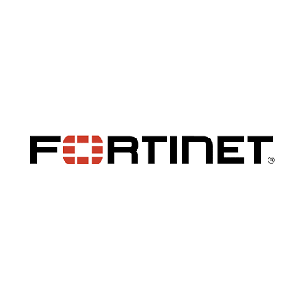
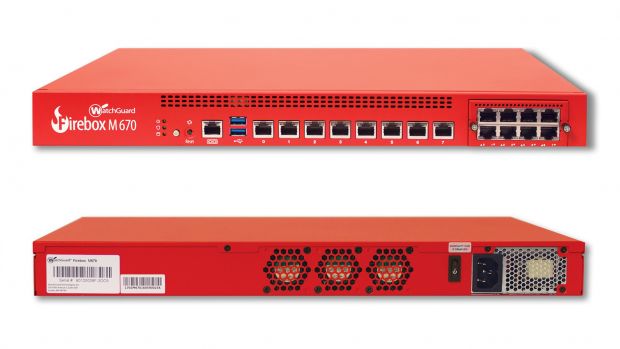

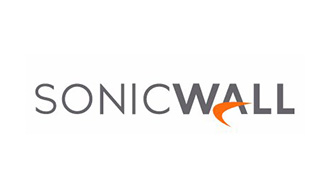






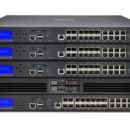
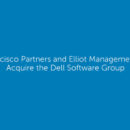
Dell Software Group sold to help fund looming EMC deal
Ingram Micro gets distribution access to Dell’s security range in Australia